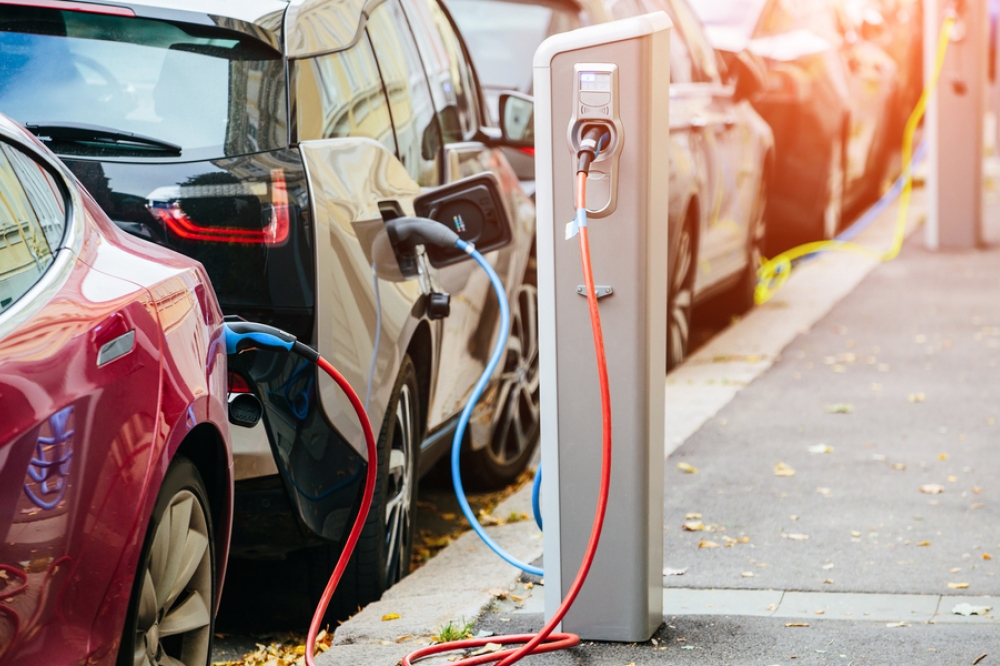The growth of power SiC partnerships

A flurry of collaborations within the power SiC market is impacting the entire power SiC ecosystem. Major SiC device manufacturers, STMicroelectronics, Infineon Technologies, Onsemi, Wolfspeed and Rohm, have all been busy forming design-win partnerships with major OEMs.
These are driven by the automotive market – mainly inverters, along with onboard chargers and DC-DC converters in electric vehicles – which represents 70 percent of the power SiC market share in 2022. It will grow to 74 percent by 2028, according to Yole's compound semiconductor analysts, Poshun Chiu, Ezgi Dogmus and Taha Ayari in their latest market analysis of the SiC supply chain, which we've summarised below.
Onsemi, in particular, has been very efficient in building partnerships with car manufacturers, and has signed several agreements in recent months, including with Hyundai (South Korea), Zeekr (China), Nio (China) and Volkswagen and BMW in Germany, with low volumes announced, in the near term.
One major motivation behind partnerships within power SiC has been securing supply of materials, and this is still very much the case as of 2023. In May, for example, Coherent extended its partnership with Mitsubishi Electric, which supplies the company with 6-inch wafers but is now building a 8-inch facility set to be finished in 2026.
In July, Renesas announced its intention to enter the power SiC market through a ten year partnership with Wolfspeed. The deal includes a $2 billion deposit from Renasas to Wolfspeed to secure supply for both 150mm and 200mm SiC wafers, and supports Wolfspeed’s capacity expansion plans.
Mitsubishi and Renasas are relative latecomers, but the recent moves represent a growth in Japanese players within the power SiC market, as device manufacturers react to Japanese OEMs such as Toyota and Honda recently announcing plans to adopt SiC in their electric vehicles.
Just as Renasas’ $2 billion investment in Wolfspeed will help its ambitious capacity expansion plans, other recent partnerships are seeing Tier 1s invest in device manufacturers to secure supply.
The current business model, whereby OEMs consign both the design and the manufacturing to Tier 1s, is changing: More automotive players competing in the EV space means OEMs must innovate and qualify their designs quickly, according to Yole's compound semiconductor analysts.
Tesla has been the pioneer for establishing centralised designs, where it is more efficient for OEMs to take on the design themselves. Tier 1s are therefore eager to establish a strong future position in manufacturing for which they require a steady channel of supply. Device manufacturers also benefit from these relationships through financial support for their capacity expansions.
Wolfspeed has recently announced partnerships with two Tier 1s: In November 2022 with BorgWarner, which will invest $500 million in Wolfspeed to secure up to $650 million in annual capacity for SiC devices; and with ZF in February 2023, whereby ZF will invest hundreds of millions of dollars to support Wolfspeed’s 8-inch SiC fab in Europe.
Similarly, Tier 1 Vitesco announced a 10-year LTA with Onsemi in May, worth $1.9 billion. This deal included a $250 million investment to Onsemi for capacity expansion of SiC wafers and epi wafers. And Magna will also invest $40 million to Onsemi, aside from the LTA announced in July.
Device suppliers are not just focused on expanding contacts and supply, according to Yole, but on developing new technology and entering new markets. In December 2022, STMicroelectronics announced a partnership with Soitec to qualify its SmartSiC technology on its future 8-inch substrate manufacturing. Through this partnership, STMicroelectronics plans to benefit from further diversifying its sourcing of SiC wafers, while Soitec can take advantage of working with a market leader to scale up production.
In June 2023, STMicroelectronics partnered with Sanan Optoelectronics to help grow its position in China. The two companies will establish a joint venture company in China focussed on SiC device manufacturing. As of 2023, there’s a limitation of 8 inch SiC wafer supply on the market, hence Sanan also announced plans to build a new 8 inch SiC wafer production facility. In this way, STMicroelectronics can grow in China while only providing only part of the financial requirement, which mitigates the risk substantially. At the same time, Sanan can further accelerate their development of SiC manufacturing by working with the world’s leading SiC player.
Future market share
The flood of partnerships, collaborations and acquisitions in recent months signifies a highly promising outlook for the future power SiC industry, according to Yole's analysts. But with major device players all making significant moves as they attempt to each take a significant market share, some will win more than others.
With competition from other materials such as silicon IGBT still ever present, and mammoth capacity expansion investments creating cash flow issues, there are definitely risks – but with high risk comes the potential for high reward. Will these risks pay off in this rapidly evolving market?


































